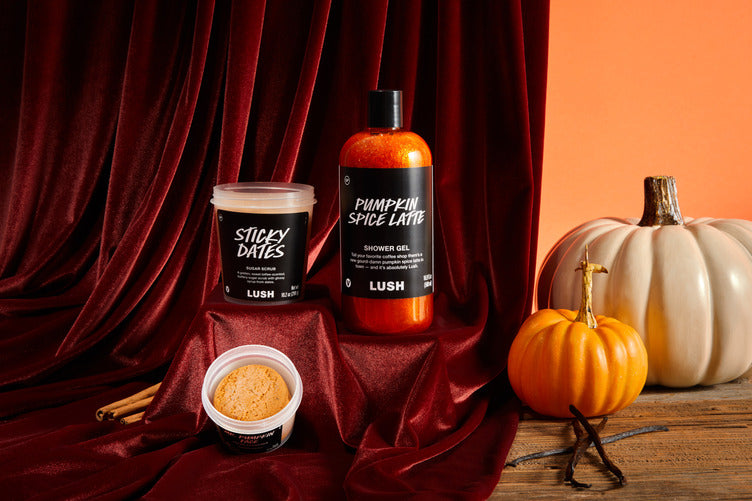"Preservatives are added to products for two reasons: first to prevent microbial spoilage and therefore to prolong the shelf-life of the product; second, to protect the consumer from a potential infection. "International Journal of Cosmetic Science (Vol 31. No 3. June 2009)
What are parabens?
Parabens are a family of chemical preservatives that are used to prevent the growth of harmful bacteria and mold in perishable goods. The parabens used most commonly in cosmetics are methylparaben, propylparaben, butylparaben, and ethylparaben.
How do parabens work?
Different parabens have different ways of stopping microbes from spoiling a product. “Think of bacteria as little jelly discs,’ says cosmetic scientist and product inventor Daniel Campbell. “Preservatives like methylparaben punch holes in bacterial cell walls or membranes, much like pulling the plug out of a bath. This means that the bacteria is unable to reproduce. Others like propylparaben prevent the cell wall from forming properly so the bacteria can’t close itself in. This means a second generation of microbes can’t form.”
The effectiveness of each synthetic can be boosted when two preservatives that work in different ways are teamed up. Much like a doubles tennis team, one preservative can defend at the net while the other covers the back of the court, both waiting to tag-team microbes.
What is the law on parabens?
The maximum amount of methylparaben and propylparaben that cosmetic companies are allowed to use is decided in relation to the entire makeup of a product. There are several parabens authorised for use in cosmetics, however their combined use can’t exceed 8% of the total formula. Lush only use two of these, which can respectively constitute 0.4% of the product for methylparaben and 0.14% for propylparaben, as per EU regulation.
Panels of experts from the CIR (Cosmetic Ingredient Review) and the SCCS (Scientific Committee on Consumer Safety) regularly review all recent studies about the endocrine activation, developmental and reproductive toxicity of parabens and recommend a safe concentration based on these reports. Lush follows these recommendations and makes sure to stay informed on new studies or decisions made by the authorities.
You can find a press release from the EU here.
Are parabens safe?
Parabens have been used safely since the 1920s and have also been subject to numerous and comprehensive safety checks. Despite this, their use has been questioned since the University Of Reading, UK, published findings relating parabens to cancer in 2004. The conclusions drawn have since been thoroughly investigated and widely criticised by experts in the field. You can find out more here.
Does Lush use parabens?
Lush prefers to use natural preservatives and we are working hard on eliminating all synthetic preservatives from our products. In the meantime, however, we use a maximum of two synthetic preservatives in any one product: generally either a team consisting of two types of paraben: methylparaben and propylparaben, or a team consisting of the chemical compound phenoxyethanol/2-phenoxyethanol and an alcohol called benzyl alcohol.
We use as little as possible, equating to a much smaller percentage than the maximum amount allowed by the EU. “We could use a lot more and make products last twice as long,” explains Daniel, “but why would we want to when we could disrupt the skin’s protective microflora? We also believe that products are best used fresh and it’s better for a customer to get the right advice and use that product freshly when the ingredients are most active than have a product which sits in the bathroom and never goes off.
Does Lush make products without parabens?
Yes! In every range, you will find products that are self-preserving, meaning they are preserved using natural ingredients and clever formulation. Take a look at our solid shampoo bars, massage bars, bath bombs, bubble bars and more.













